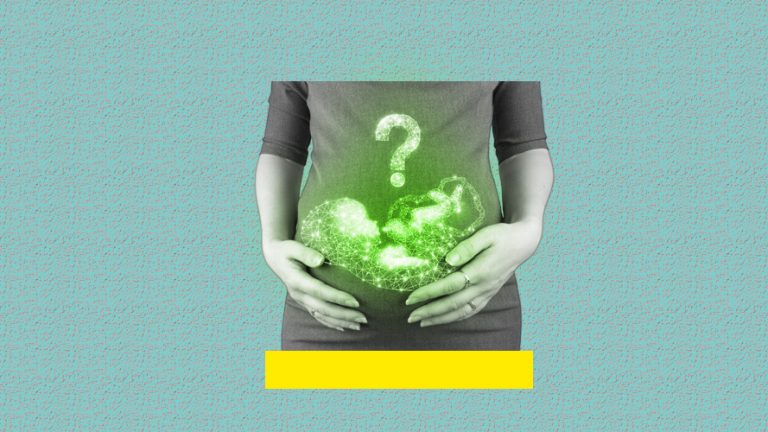How are the AI algorithms and AI technologies solving fertility treatment for women?
A solution to many of the issues with empirical or subjective evaluations of clinical and embryological decision points during the treatment of infertility has been suggested: artificial intelligence (AI) for fertility treatment. It highlights the significance of adhering to a proper path for the development and validation of algorithms, including regulatory requirements and the need for ecosystems containing enough quality data to generate it for fertility treatment for women.
The use of AI technologies is reviewed, and potential areas of implementation of algorithms are discussed. If correctly developed, it is thought that AI algorithms may assist practitioners from all over the world to standardize, automate, and improve IVF outcomes for the benefit of patients, as demonstrated by the consensus of a panel of fertility experts.
Predictive algorithms have been boosted in most medical sectors as a result of the recent improvements in computing power and data accessibility brought on by advances in machine learning. Artificial intelligence (AI) technology has recently demonstrated its promise to alleviate inefficiencies in a number of ART activities, including the standardisation of several IVF laboratory procedures, particularly in embryo selection. In fact, artificial intelligence (AI) is being proposed for clinical applications such as diagnostics and precise treatment plans in conjunction with digital devices gathering real-time data remotely for analysis.
A programme with artificial intelligence (AI) can solve issues, learn from mistakes, and carry out tasks just like a human would. Machine learning is a kind of artificial intelligence that incorporates statistical methods that let computers get better at seasoned tasks by learning from data without constant supervision. In order to create predictions and assist decisions, machine learning (ML) algorithms are designed to find patterns in provided data. Last but not least, deep learning is a branch of machine learning that draws inspiration from the human brain’s multilayer neural network architecture to learn from massive volumes of data.
The majority of health professionals (72%) have a strong interest in incorporating AI into their work and believe that this technology will enhance rather than replace professional competence in the healthcare industry. With 61.6% of the papers’ publication dates falling between 2008 and 2017, the quantity of AI articles in medicine and health has significantly increased recently, making it one of the most promising areas of research in the field of health science. The number of publications on this topic has multiplied sevenfold in just one year.
Data-driven solutions may be able to identify early signs of infertility, identify potential patients earlier for treatment, and assist clinicians in defining a precise treatment plan during consultations by offering estimates of success in terms of pregnancy and take-home baby rates.
We might be able to determine the ideal stimulation protocol to use for each patient before treatment even begins in order to maximize success. On the basis of real-time biomarkers of follicle development, we may also determine the necessity of changing medication and dosages during therapy.
In conclusion, areas related to treatment, such as diagnostics, the selection of precise medications and doses as well as adjustments during treatment, the homogeneity of the operators’ evaluation, and assessments of genetic quality, the viability of blastocysts, implantation, and clinical and ongoing pregnancy rates should be the focus of AI applications in the medium or short term. Data, in an adequate number and quality, is a vital component for building any prediction algorithm.






Add comment